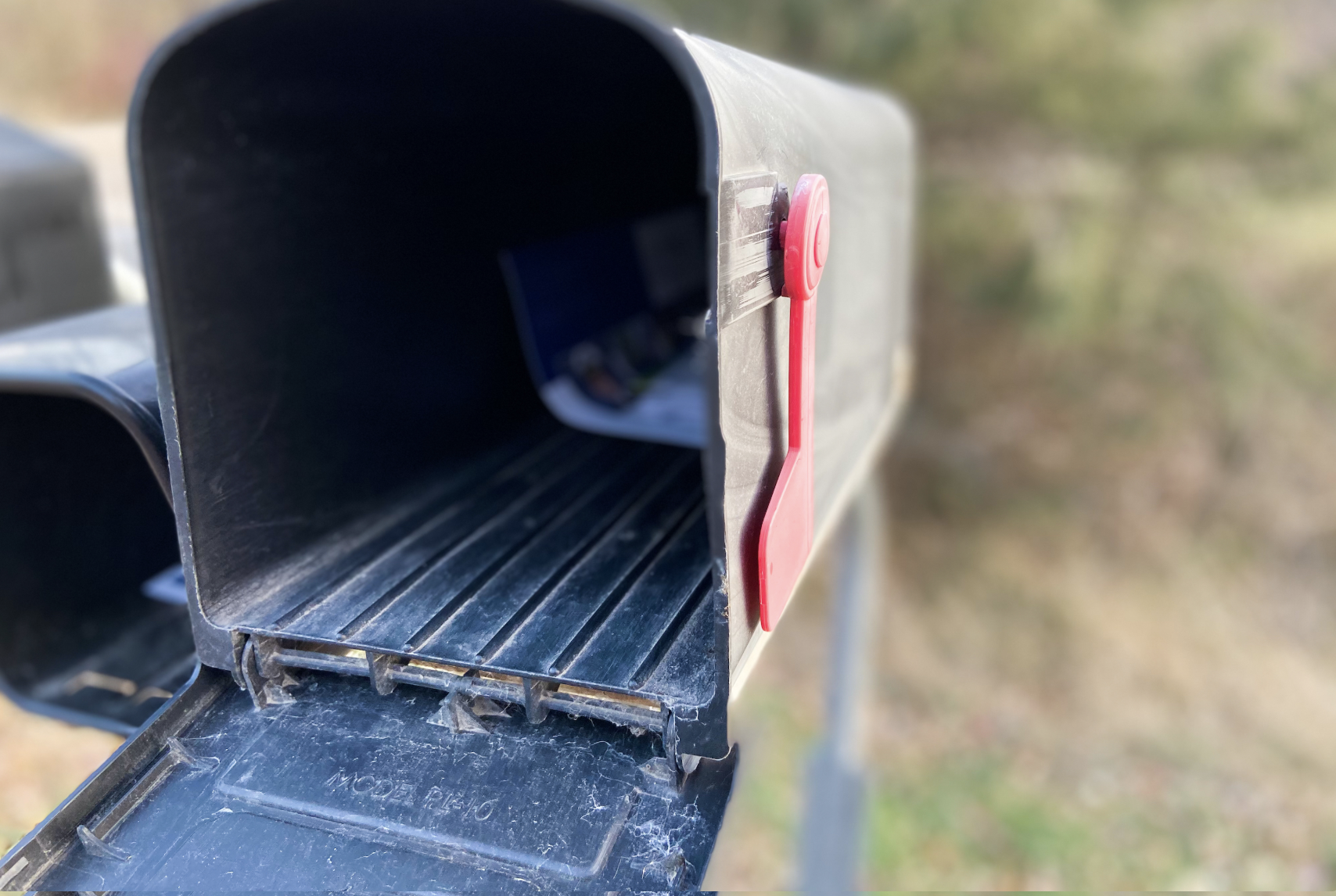
Students voting by mail in Tuesday’s election were permitted to have their ballots sent to their residential college addresses this year — bypassing a hurdle that had complicated the mail-in voting process in 2018. But the change didn’t come without its own challenges.
This year, students could find information about how to vote on the Yale Votes website, set up by the University to ease the process. Yale Votes urged students who were voting by mail to request their absentee ballot four to six weeks prior to election day so that students had enough time to receive their ballots, fill them out and return them to their local election authority. This year, any student who did not have a P.O. box — which costs around $90 per year — was permitted to send election mail to their residential college address.
The change aimed to ensure that students would get election mail, which includes ballots, in a timely manner — but students still faced delays. On Oct. 28, less than a week before the election, a group of ballots arrived in the Pierson college mail room for students in different states, some of whom had requested their ballot weeks earlier.
“Students should receive e-mails from their college offices to pick up absentee ballots addressed to them,” confirmed Dean of Yale College Marvin Chun in a Oct. 28 email to the News. But in Pierson’s case, the college aide responsible for sending those emails failed to do so until last Wednesday.
Yale’s general Campus Mail policy typically states that all incoming mail that is addressed to colleges or dorms — rather than P.O. boxes or the Student Receiving Center — will be returned to the sender.
Two years ago, less than two weeks before the 2018 election, Campus Mail Services had been sending back the ballots of students who did not have P.O. boxes, leaving voters in limbo in the days leading up to the midterms. The discovery — made by Karen McGovern, assistant to the head of college of Timothy Dwight — led to an urgent scramble to recover the ballots in transit and create a “special service” exception for students requesting mail-in ballots to their residential colleges.
In order to avoid the ballot concerns of 2018, students were permitted to send election mail to their residential college offices this year. While many students have gotten their mail-in ballots without issue, others faced delays in getting the election mail they had sent to their colleges.
According to Senior Associate Dean of Yale College and Associate Vice President of Student Life Burgwell Howard, his office urged students living on campus to use the physical address of their residential colleges as their address to receive election mail in order to “avoid any issues with mail being bounced back, at Post Office Boxes, that we have experienced in past elections.” He also mentioned that his office agreed to cover the cost of postage for students who did not have stamps to return their ballots, and that many colleges made printers available to students who may have needed them to request ballots.
“The process for how students may have been notified about when their absentee ballots arrived at their college, may have varied from college to college, as each college is staffed a bit differently,” Howard wrote in an email to the News. “However, in general, the goal was to have someone notify the student their voter related information had arrived, and then arrange for the student to pick up their materials and provide postage to facilitate its return.”
One Pierson College student, who requested anonymity due to fear of retaliation from their college administration, raised concerns when around 12 ballots arrived on Oct. 28 in the college mail room for students registered in different states. The student alleged that at least one other student’s ballot tracker had marked that their ballot should have been delivered weeks earlier.
Pierson College Head of College Stephen Davis told the News that the college has received around 25 absentee ballots this semester. While Davis was under the impression that those students had been asked to come by and pick up their ballot once before, the aide responsible for distribution in actuality had failed to inform them until Oct. 28.
“While our office staff has been communicating with students about their ballots, the aide whom we thought was sending these notices apparently misunderstood the instructions and hadn’t informed some of the students when their ballots originally came in,” wrote Davis in an email to the News. “This glitch was the reason for the delay in students being informed about their ballots.”
According to Davis, the college offered to arrange overnight delivery or reimbursement for such for those students affected.
46.8 percent of eligible Yale students voted in the 2018 election.
Julia Bialek | julia.bialek@yale.edu
Emily Tian | emily.tian@yale.edu






